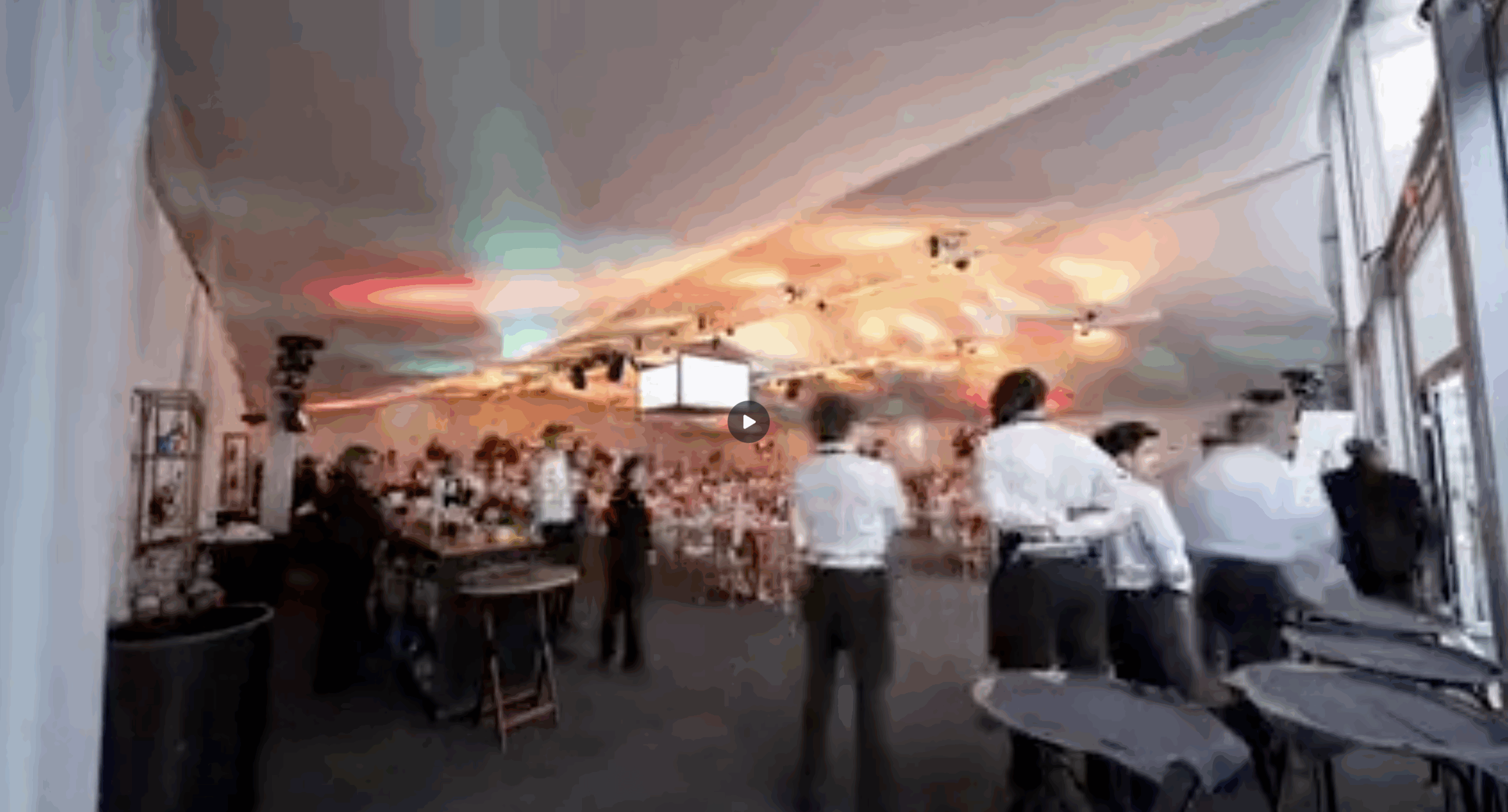Logistics
What Do Events Do Now?
Planning events during a pandemic poses unique challenges. If this time has taught people anything, it is the value of being together. Nothing does that better than events. While it seems like all event listings have CANCELLED next to them these days, events will be back. But they will be different for a while. As ... Read more






